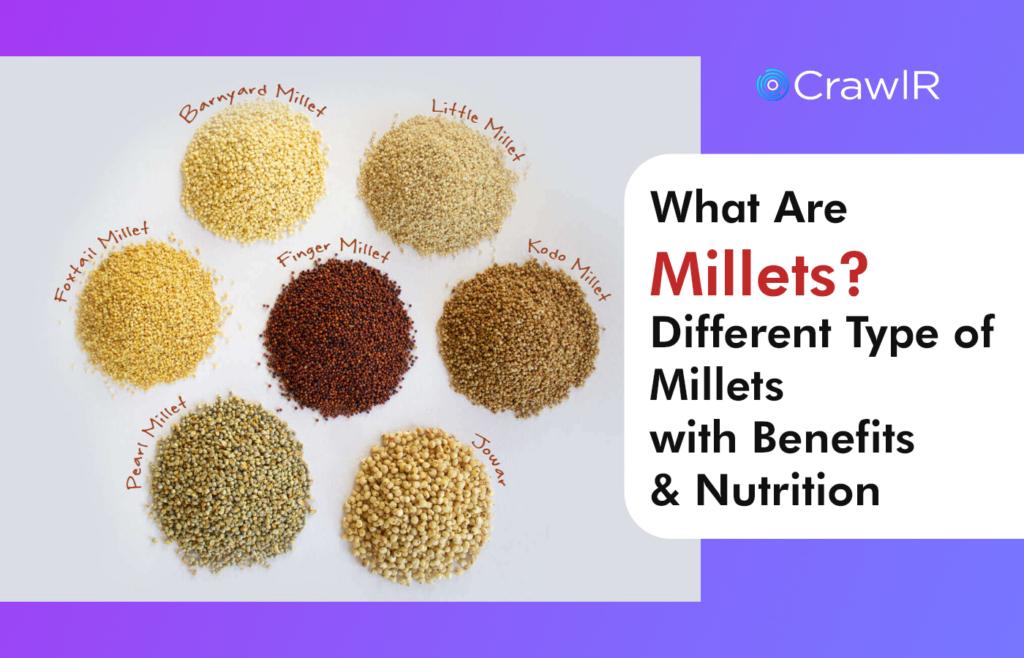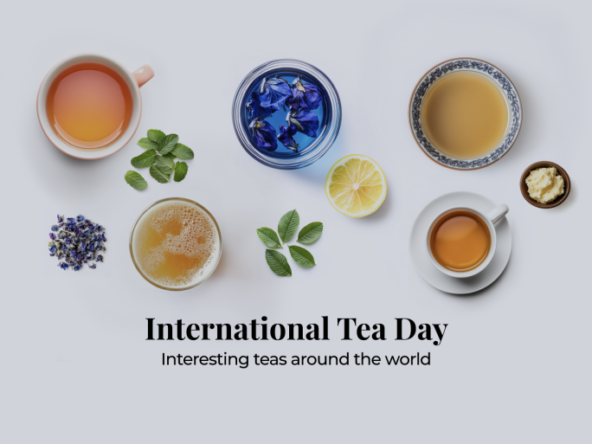Millets are a group of small-seeded cereal crops that have been widely cultivated for thousands of years, especially in countries like India and Africa. Millets are considered to be one of the oldest forms of food grain and have been used as a staple food for centuries. They are known for their versatility, as they can be consumed in a variety of forms, such as flour, porridge, and even as a fermented beverage.
There are several types of millets, including:
- Pearl Millet: Pearl millet is the most widely grown millet crop and is a staple food in many countries, especially in Africa. It is also known as bajra in India and is commonly used to make rotis, porridge, and flatbread. Pearl millet is rich in protein, fiber, and minerals such as iron, magnesium, and phosphorus. It is also a good source of antioxidants and has been linked to a reduced risk of heart disease, cancer, and other chronic health conditions.
- Finger Millet: Also known as ragi, finger millet is a staple food in India and Africa. It is a rich source of calcium, iron, and vitamins B1 and B2. Finger millet is commonly consumed as a porridge or made into flatbreads and is considered to be a healthy food for people with diabetes, as it has a low glycemic index.
- Foxtail Millet: Foxtail millet is commonly used in Asia and is known for its high protein content and low glycemic index. It is often used as a substitute for rice or wheat and is commonly consumed as a porridge or made into flour for use in baking. Foxtail millet is also a good source of fiber, vitamins, and minerals and has been linked to improved heart health and reduced risk of chronic diseases.
- Proso Millet: Proso millet is popular in the United States and is known for its high fiber content, which makes it a healthy option for people with diabetes. It is also a good source of protein, antioxidants, and essential vitamins and minerals, including iron and magnesium. Proso millet is commonly consumed as a porridge or made into flour for use in baking.
- Sorghum Millet: Sorghum is a type of millet that is widely cultivated in India and Africa and is commonly used to make flour, alcoholic beverages, and livestock feed. It is high in protein and fiber and is a good source of antioxidants. Sorghum is also considered to be gluten-free and is a good alternative for people with celiac disease or gluten intolerance.
- Kodo Millet: Kodo millet is widely cultivated in India and is known for its high protein and fiber content. It is commonly consumed as a porridge or made into flour for use in baking. Kodo millet is also considered to be gluten-free and is a good alternative for people with celiac disease or gluten intolerance.

In general, millets are considered to be a healthy and nutritious food source. They are gluten-free, low in calories, and high in fiber, vitamins, and minerals. They are also a good option for people with celiac disease or gluten intolerance, as they do not contain gluten, a protein found in wheat, barley, and rye that can cause digestive issues in people with celiac disease or gluten intolerance.
Millets are also considered to be a more sustainable and eco-friendly food choice compared to other cereal crops, as they are often grown in areas with limited water resources and are able to withstand harsh environmental conditions. Additionally, millets have a low carbon footprint, as they require fewer inputs such as fertile




